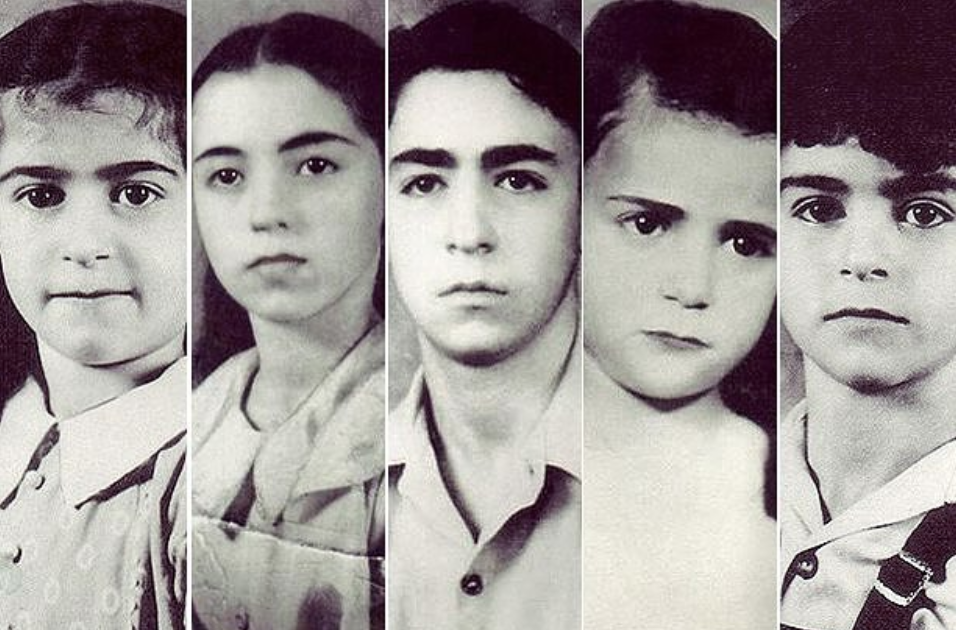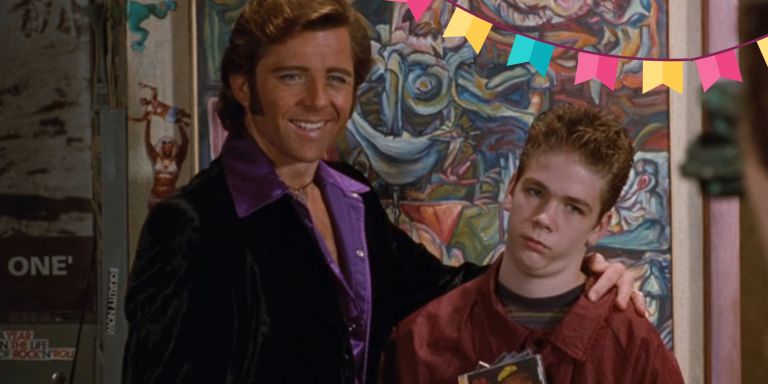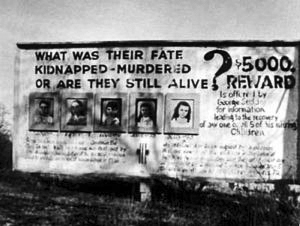
[*] 1n 1945, a Christmas Eve fire destroyed a home in Fayetteville, West Virginia.
[*] George and Jennie Sodder lived in the home with 9 of their 10 children (their oldest son, Joe, was overseas fighting in WWII).
[*] That night George and Jennie Sodder were able to escape the burning house with 4 of their children.
[*] The remaining 5 Sodder children were never accounted for.
Background
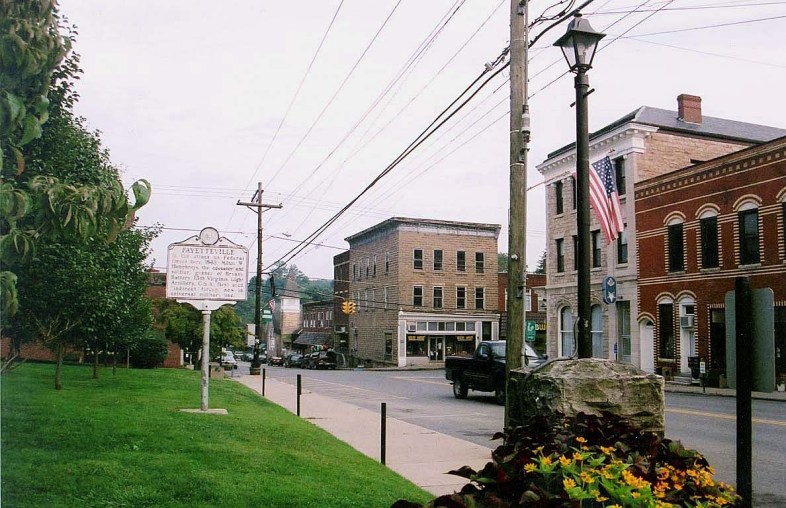
[*] George Sodder and Jennie Sodder were Italian immigrants who came to the US (separately) as children. George started his own trucking company in West Virginia and the two were a respected middle class family.
[*] However, George had strong political opinions he expressed which some people did not like, especially in the immigrant community. (He was strongly opposed to Italian dictator Benito Mussolini).
The fire
[*] At 12:30am on Christmas Jennie Sodder woke up to the phone ringing. She answered the phone and a woman whose voice she didn’t recognize asked for a name Jennie was also not familiar with. She heard other voices in the background along with clinking glasses and “weird laughter.”
[*] When Jennie got off the phone, she checked on her children. She had allowed her kids to stay up later playing with new toys. She noticed that lights were on and the curtains were closed — typically done by the last person in the house to go to bed. She found one child (Marion) asleep on the couch and returned her to bed assuming the other children were in the attic and had forgotten to close down the house.
[*] At 1:00am on Christmas, Jennie Sodder woke up again to the sound of “an object hitting the house’s roof with a loud bang, then a rolling noise.” She went back to sleep.
[*] At 1:30am on Christmas, Jennie Sodder woke up again, this time to the smell of smoke. She got up and found a fire in George’s office (also where the fuse box and telephone wires were).
[*] Jennie woke up George and they escaped the house with four children: Marion, Sylvia, John and George Jr.
[*] The family yelled at the house, assuming they would wake the other children who slept in the attic. These were the children who had stayed up later than the rest of the family and Jennie had assumed went to bed without shutting the lights off.
[*] They did not hear from the other children and could not go upstairs to get them because the staircase was aflame.
[*] Next, the family tried to call for help. The Sodder phone did not work so one of the children ran to a neighbor’s and called.
[*] The family tried to locate their ladder in order to check on the children in the attic. It was usually resting against the side of the house but was now missing.
[*] George Sodder tried to use both of his trucks to drive closer to the house so that he could crawl up to the attic. Both were previously in good working order and now would not start.
[*] Because of these various delays and because the fire department was small and volunteer only (most of the firefighters were overseas serving in the war), they did not arrive until morning when the family assumed the other five children had already died.
[*] When the fire department finally did arrive and began going through the ashes of the Sodder house, they did not find any bones. The fire chief still believed the children died in the fire.
More to the story
[*] Four days after the fire George Sodder bulldozed the home intending to make a memorial garden for his deceased children. Death certificates for the children were issued. However, after things calmed down, the family began to question what really happened.
[*] The family’s Christmas lights stayed on through the beginning part of the blaze, this would not have occurred if it was truly an electrical fire.
[*] They found the family ladder had been moved from the side of the house and hidden in an embankment hear the home.
[*] Someone from the telephone company discovered that someone had crawled up a telephone pole and cut the phone line leading to the Sodder’s house.
[*] While sorting through the rubble, Jennie Sodder said that they found kitchen appliances in tact — how could the fire not damage them more if it had truly burned human bones to ash?
[*] Jennie Sodder tried to burn animal bones to ash and was unable to do so. She contacted a crematorium who told her a two hour fire at 2,000 °F (both hotter and longer than the Sodder’s house fire) would still leave human bones in tact.
[*] George Sodder was confused about why neither of his previously working trucks would move that night.
[*] A local bus driver provided an alternate account: “The driver of a bus that passed through Fayetteville late Christmas Eve said he had seen some people throwing “balls of fire” at the house. A few months later, when the snow had melted, Sylvia found a small, hard, dark-green, rubber ball-like object in the brush nearby. George, recalling his wife’s account of a loud thump on the roof before the fire, said it looked like a “pineapple bomb” hand grenade or some other incendiary device used in combat. The family later claimed that, contrary to the fire marshal’s conclusion, the fire had started on the roof, although there was by then no way to prove it.”
[*] People in the town claimed they saw the missing children in a vehicle the night of the fire, or have seen them since.
[*] In 1949 the site of the house fire was excavated. Human vertebrae bones were found, but an expert said they could only come from a human aged 16-23 and had never been exposed to fire. The oldest of the missing children was 14 at the time of the fire.
[*] The expert also noted that it was “very strange” that more bones weren’t found, as they should not have burned up in that situation.
[*] Another sighting: “a woman who ran a Charleston hotel, claimed to have seen the children approximately a week afterwards. “I do not remember the exact date”, she said in a statement. The children had come in, around midnight, with two men and two women, all of whom appeared to her to be “of Italian extraction”. When she attempted to speak with the children, “[o]ne of the men looked at me in a hostile manner; he turned around and began talking rapidly in Italian. Immediately, the whole party stopped talking to me”.
[*] In 1967 Jennie Sodder received a photo in the mail of a man resembling one of the missing children, Louis Sodder. The back of the photo read:
“Louis Sodder
I love brother Frankie
Ilil boys
A90132 or 35”
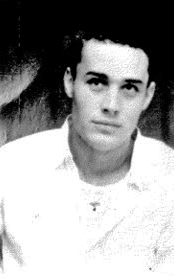
Suspects
[*] Two months before the fire in October 1945 a traveling life insurance salesman tried to sell George Sodder a policy. When Sodder declined, the salesman told him his house would go “up in smoke … and your children are going to be destroyed.” Rather than the loss of business, the salesman told Sodder the cause of this tragedy would be “the dirty remarks you have been making about Mussolini.”
[*] Someone in town had been trying to find work George Sodder could pay him to do and told George that he could fix his fuse boxes, warning him that they needed to be fixed or they would catch fire. George opted not to hire him as he had recently had the house rewired and cleared by the electric company.
[*] The month of the fire (December 1945), some of the Sodder children noticed two people in a car that would watch them on their way home from school.
[*] The family, along with some other town residence believe the Sicilian Mafia may have taken the children and started the fire in an attempt to extort money from the Sodders, though no one has reached out to them to ask for money. ![]()
